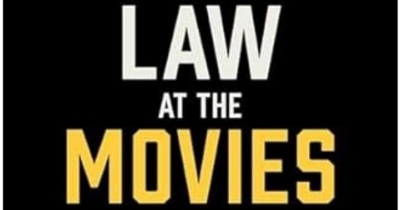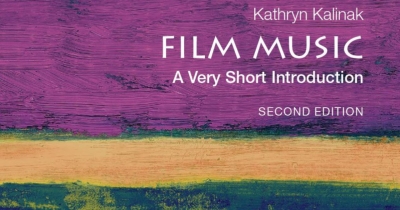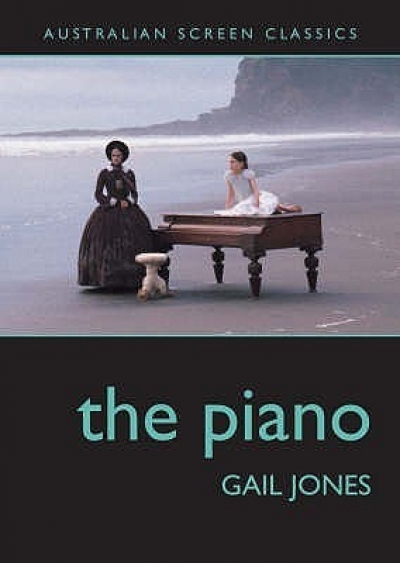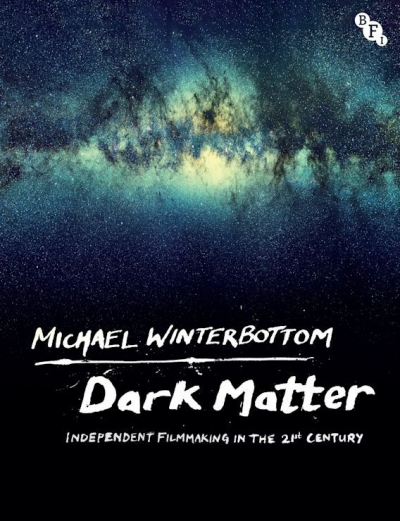Film Studies
Law at the Movies: Turning legal doctrine into art by Stanley Fish
by Richard Leathem •
The Fatal Alliance: A century of war on film by David Thomson
by Kevin Foster •
Kubrick: An odyssey by Robert P. Kolker and Nathan Abrams
by Peter Goldsworthy •
God and the Angel: Vivien Leigh and Laurence Olivier’s tour de force of Australia and New Zealand by Shiroma Perera-Nathan
by Michael Shmith •
Film Music: A very short introduction, Second Edition by Kathryn Kalinak
by Richard Leathem •
Dark Matter: Independent filmmaking in the 21st century by Michael Winterbottom
by Felicity Chaplin •
The Mysteries of Cinema: Movies and imagination by Peter Conrad
by James Antoniou •










